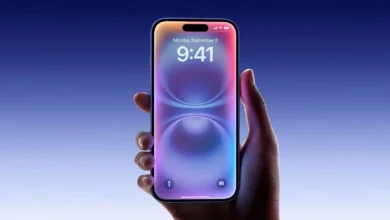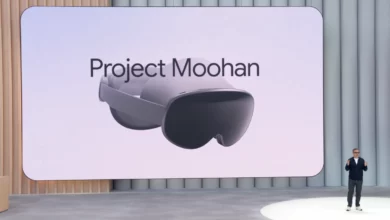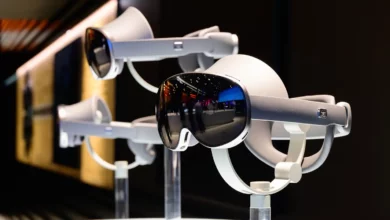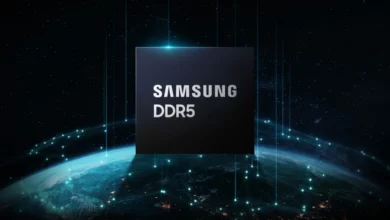Google Promises AR Announcement At I/O That Could Include Samsung’s Next XR Headset
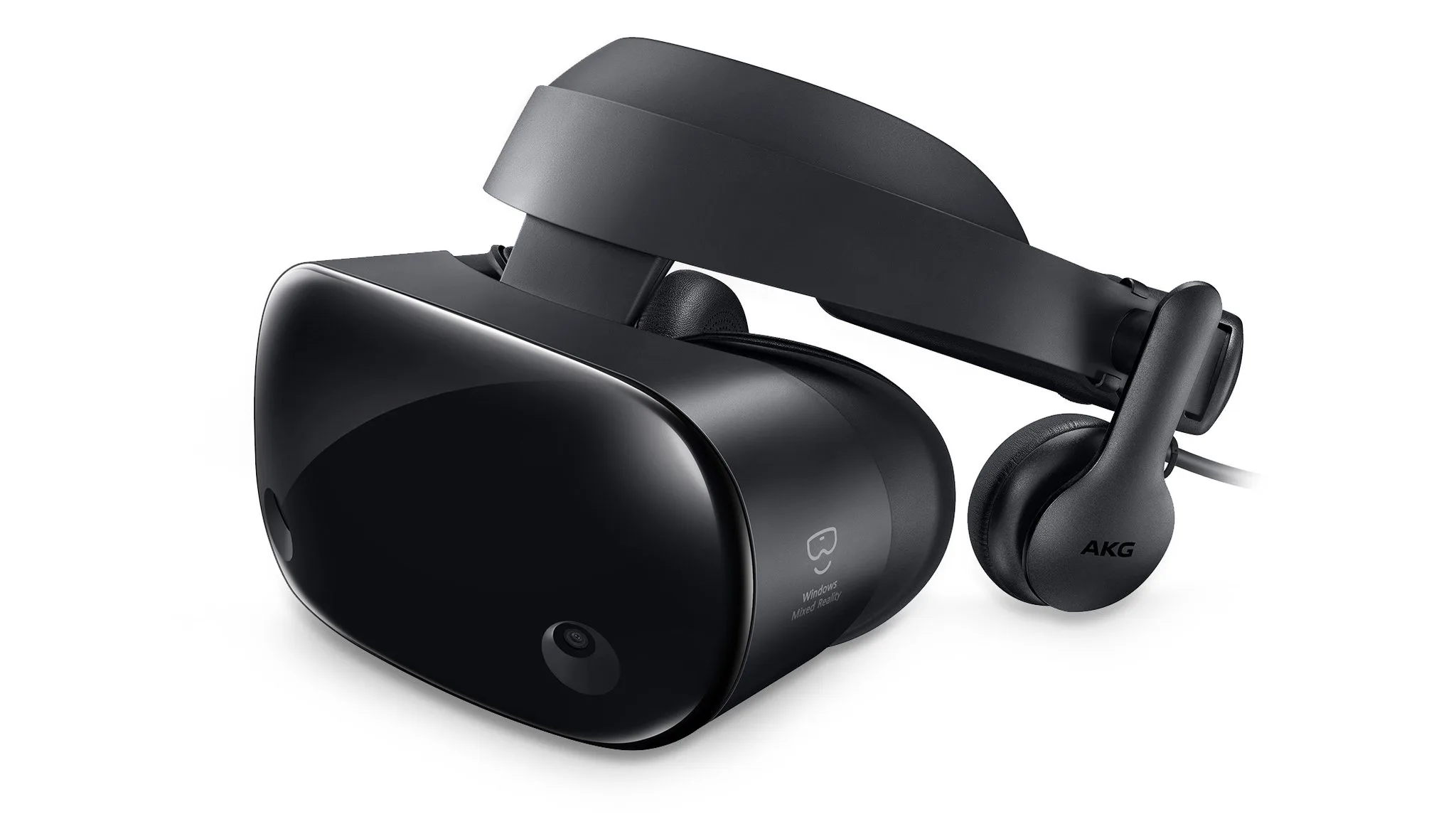
Google is all set to hold its annual I/O conference next month on May 14, 2024, at 10:30 PM IST in India, and is expected to get to hear more about Google’s Android XR since it has been promised “AR announcements” in a recent tweet.
Android XR (Extended Reality) is a term that refers to AR (augmented reality), VR (virtual reality), and MR (mixed reality), and it is the operating system Google has been working on for Samsung’s forthcoming XR headset. The Korean giants revealed last year that they are working on their own XR headset and collaborating with Google on the software.
Undoubtedly, Samsung Galaxy smartphones and laptops are the tough rivals of Apple’s iPhone and Mac, and the same expectations are from this headset that it will also take on the Vision Pro. Since people are already familiar with it, the Android-based operating system will surely make application development for Samsung effortless.
A post by X shared by the official handle of Google AR and VR unveiled that “Mark your calendars. Join us at #GoogleIO on May 14th to learn about the latest developer products and #AR announcements!”
VR has been mostly a recess for hobbyists; as per the Steam surveys, only a small percentage—nearly 2% of the player base—actively uses VR headsets. This means that out of 132 million users, there are only 2.6 million people who use VR. Somewhere, Apple’s entry into VR has also raised interest, and competition from Samsung’s forthcoming headset could be a trendsetter.
Google appears to be making a move to solidify Android XR’s position as the OS of choice for XR headset manufacturers. A couple of weeks ago, Google tried to get Meta to switch to Android XR, but unfortunately, the request was denied.
